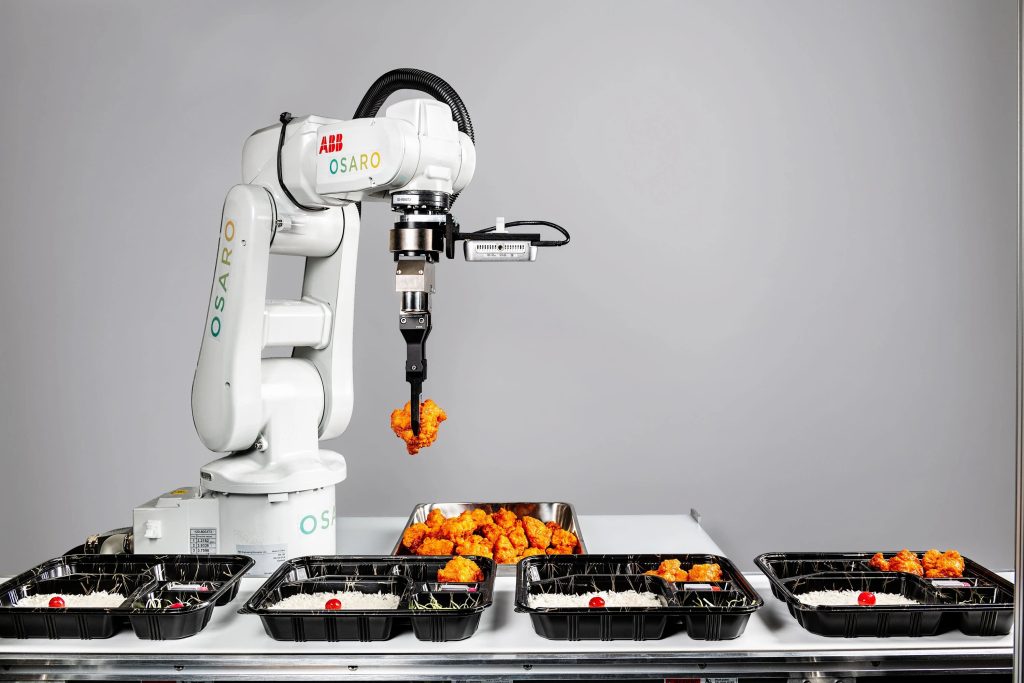
Robots have emerged as game-changers in various industries, transforming the way we work and revolutionizing productivity. From manufacturing to healthcare and beyond, the impact of robotics is reshaping industries and unlocking new possibilities. In this blog post, we will delve into the significant role robots play in different sectors, highlighting the most impacted industries and the potential benefits they bring.
Manufacturing Industry:
The manufacturing industry has witnessed a profound impact from robotics, with automation revolutionizing production processes.
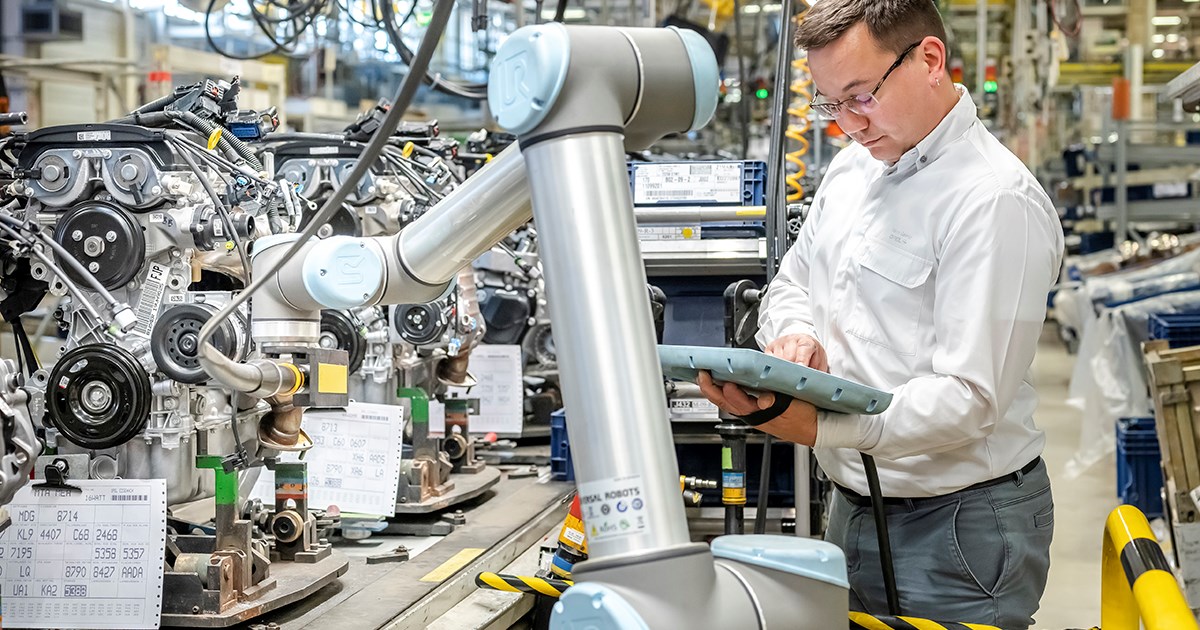
Collaborative Robots (Cobots): Cobots are designed to work alongside humans, assisting in tasks that require a combination of human judgment and robot precision. These robots can enhance worker safety, streamline production lines, and enable efficient collaboration between humans and machines.

Industrial Robots: Robots equipped with advanced sensors and precision controls are being used in manufacturing facilities to perform repetitive tasks with high accuracy and efficiency. These robots can handle assembly, welding, painting, and material handling, leading to increased productivity and improved product quality.
Healthcare Industry:
Robots are making significant contributions to the healthcare industry, enhancing patient care, and supporting healthcare professionals.
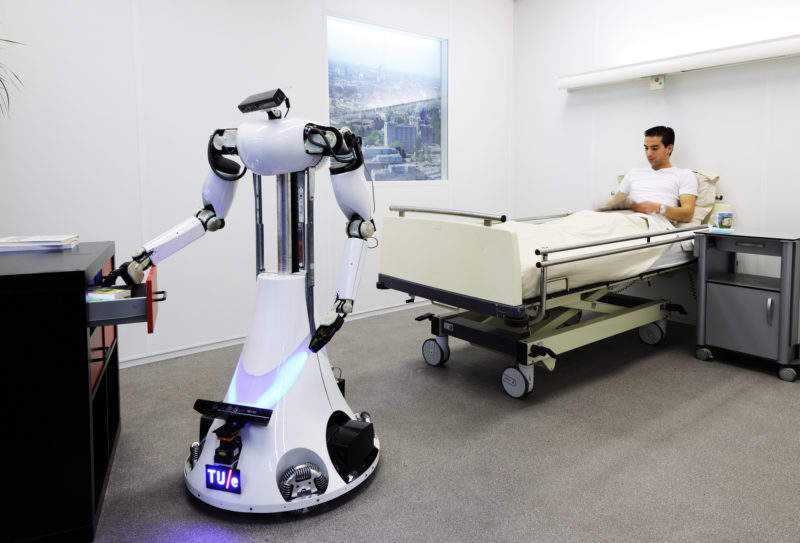
Rehabilitation Robots: Rehabilitation robots assist in physical therapy and rehabilitation programs, helping patients regain mobility and strength. These robots provide targeted exercises, real-time feedback, and personalized treatment plans, enabling more effective and efficient rehabilitation.

Surgical Robots: Robotic surgical systems, such as the da Vinci Surgical System, enable surgeons to perform minimally invasive procedures with enhanced precision and dexterity. These robots provide magnified visuals, tremor reduction, and greater control, resulting in shorter hospital stays, reduced pain, and faster recovery times for patients.
Agriculture Industry:
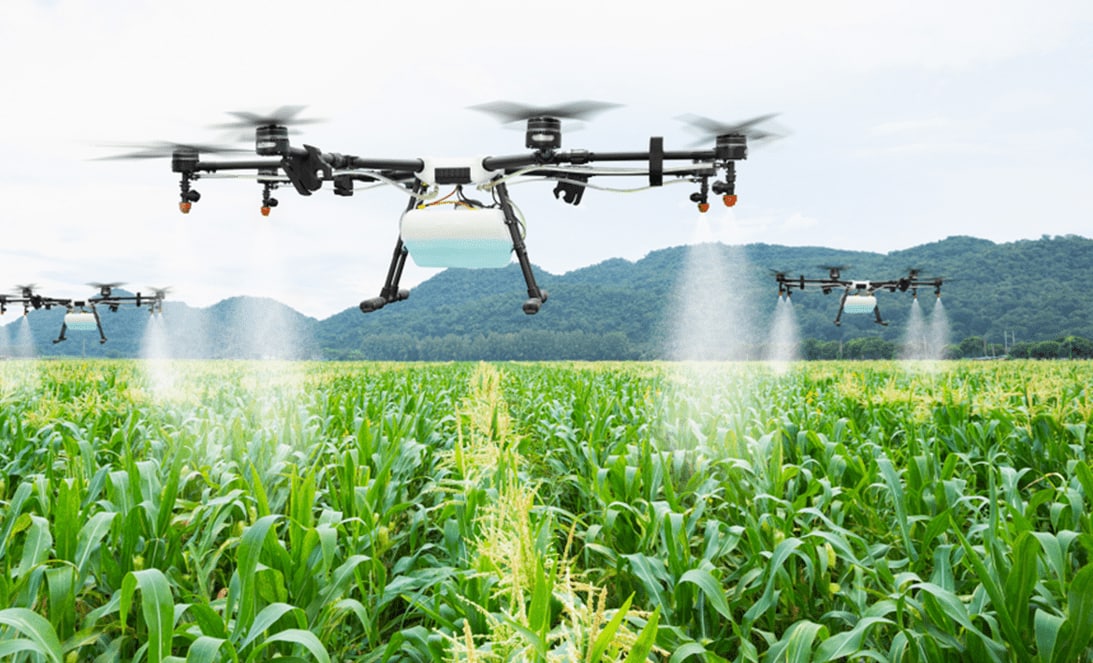
Agricultural Drones: Drones equipped with cameras and sensors can monitor crop health, identify areas of pest infestation or nutrient deficiencies, and provide valuable data for precision farming practices. These drones enable farmers to make informed decisions, optimize resource usage, and maximize crop yields.
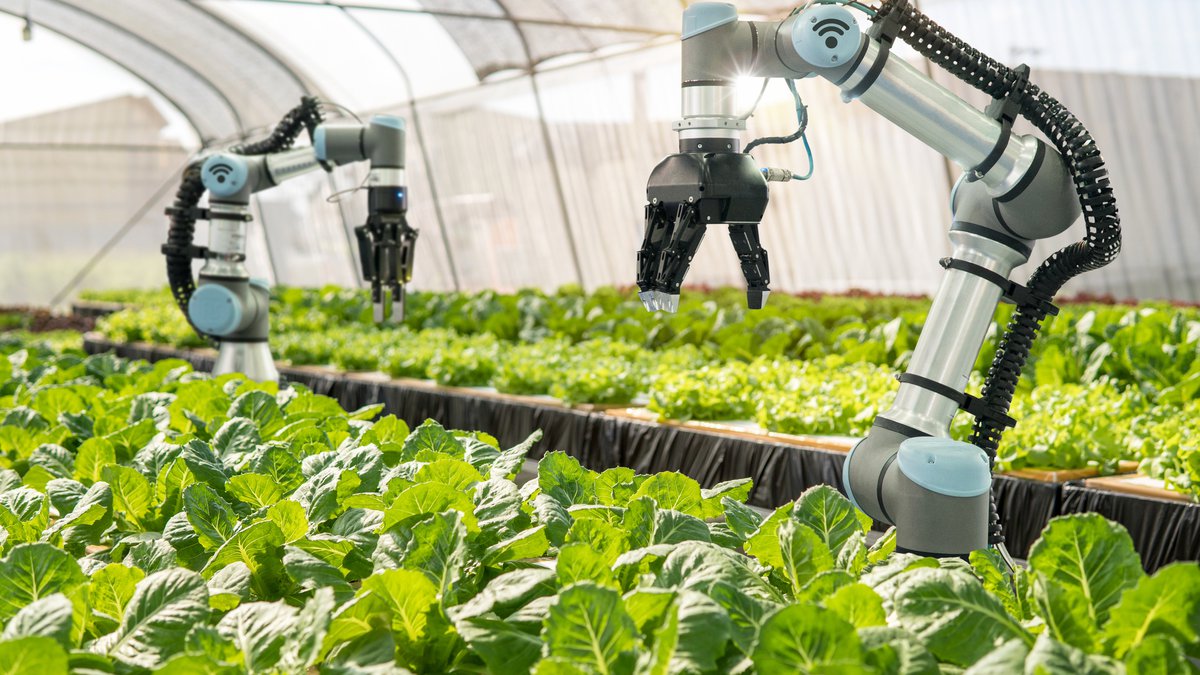
Harvesting Robots: Robots designed for harvesting tasks, such as fruit picking or crop sorting, are becoming increasingly prevalent. These robots can efficiently harvest crops, reduce labor costs, and minimize post-harvest losses, ensuring a more sustainable and productive agriculture industry.
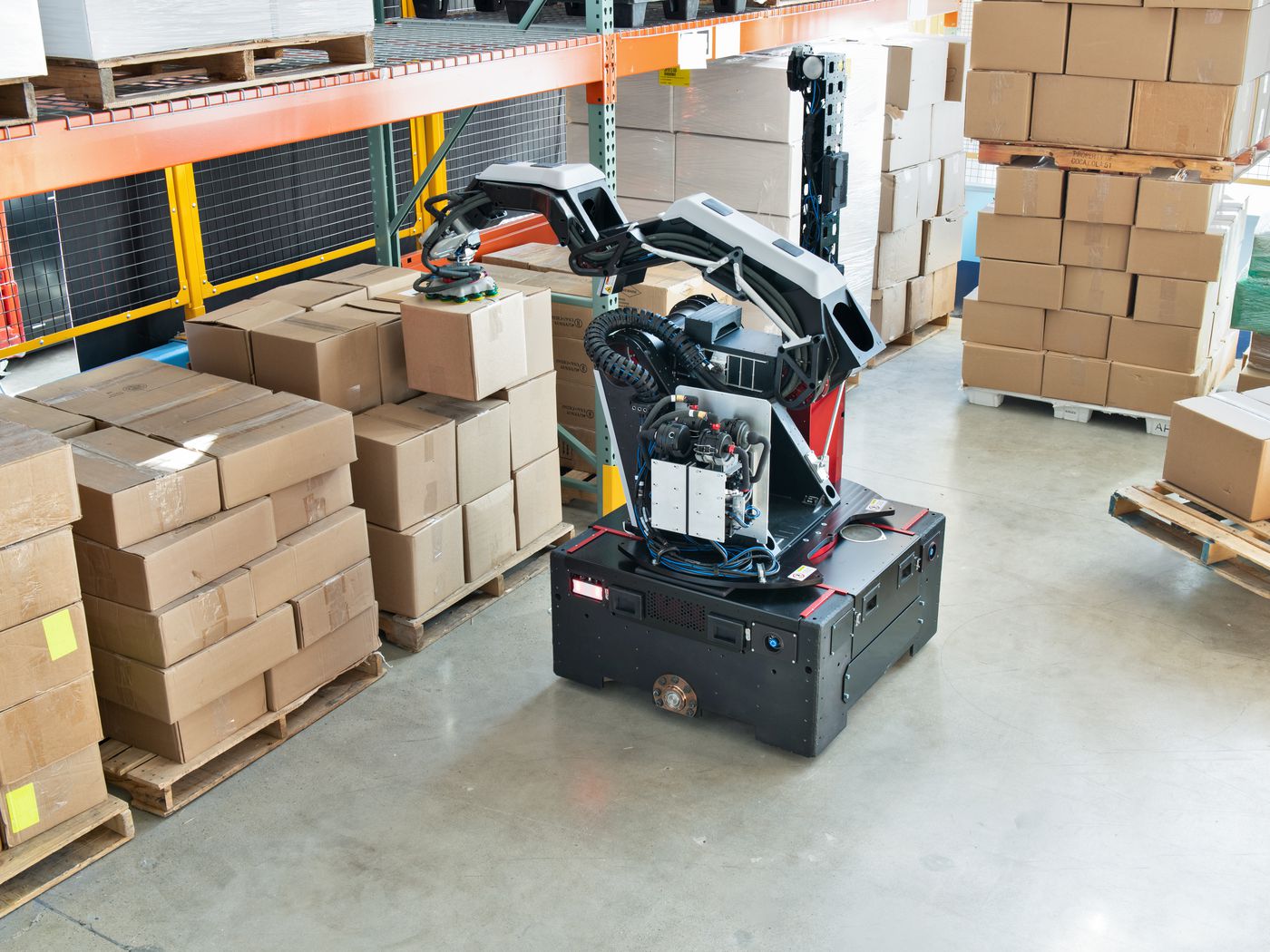
Logistics and Warehousing: Robots are revolutionizing the logistics and warehousing industry, streamlining operations and improving efficiency.
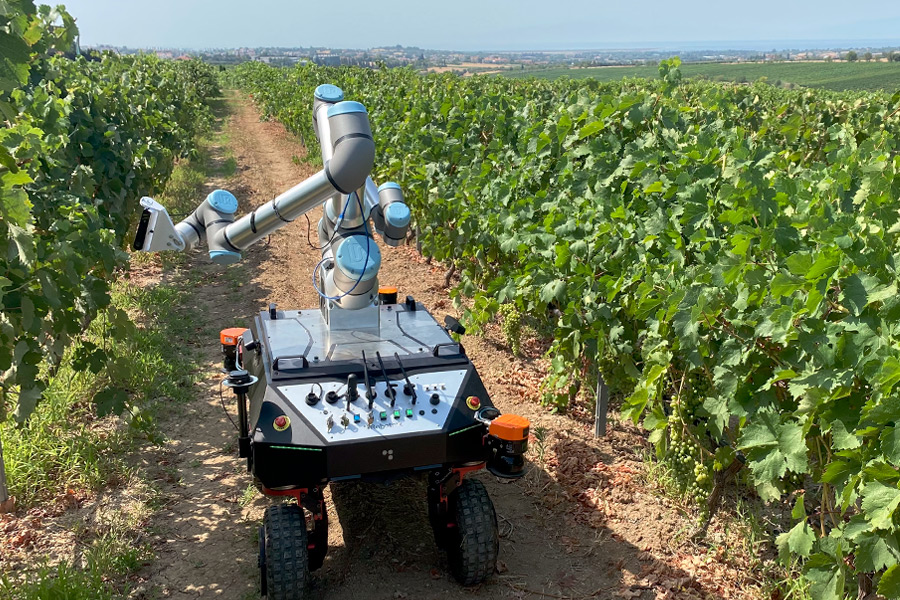
Autonomous Mobile Robots (AMRs): AMRs are used for material handling and logistics tasks within warehouses and fulfillment centers. These robots navigate autonomously, transporting goods, optimizing inventory management, and reducing the need for manual labor.
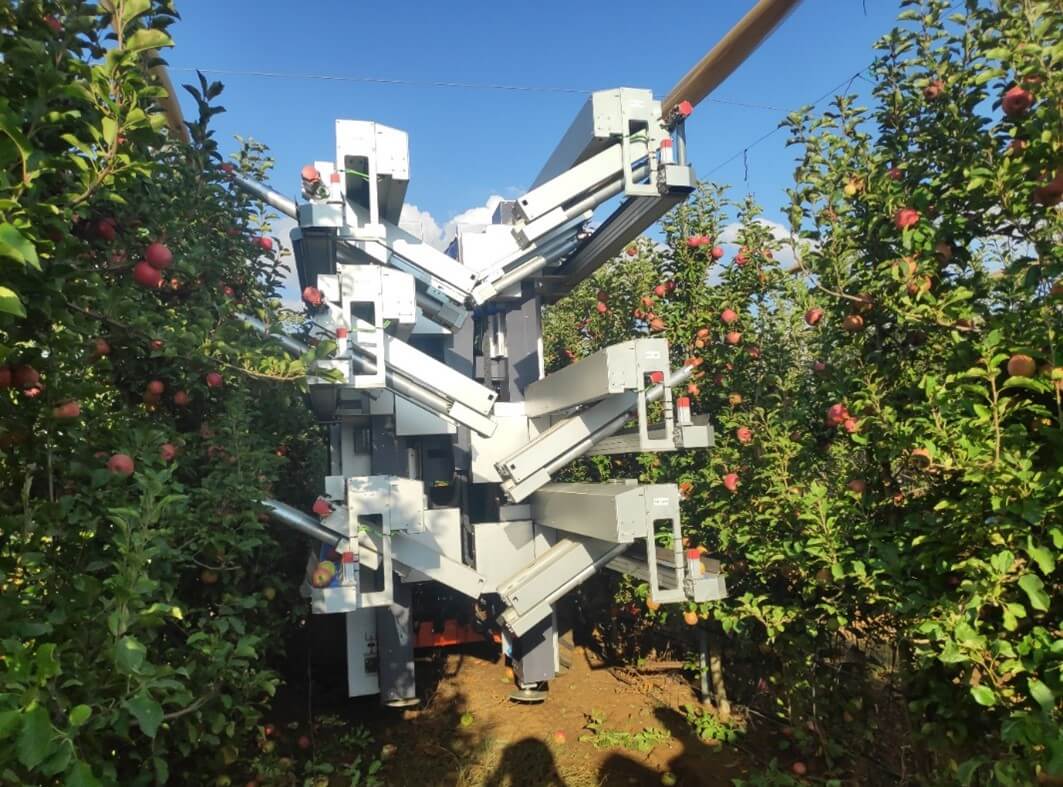
Robotic Picking Systems: Advanced robotic picking systems, such as those utilizing computer vision and robotic arms, can efficiently sort and pick items in warehouses. These systems enable faster order fulfillment, reduce errors, and increase overall productivity.
Conclusion:
Robots have become key players in various industries, revolutionizing processes, enhancing productivity, and driving innovation. From manufacturing and healthcare to agriculture and logistics, their impact is widespread and transformative. Embracing robotics technology opens up opportunities for increased efficiency, improved quality, and the ability to tackle complex tasks. As the robotics revolution continues to unfold, we can expect further advancements that will reshape industries and create new possibilities for a more automated and interconnected future.
